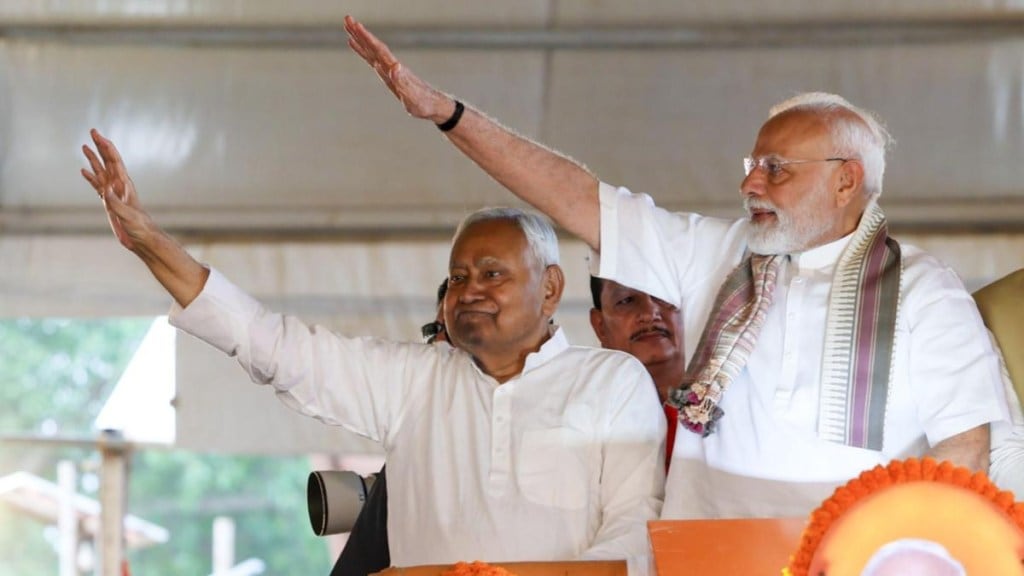The ruling National Democratic Alliance (NDA) in Bihar appears to have traded its experiment with social engineering for a more focused consolidation of its traditional support base. A look at the list of candidates announced by the ruling alliance shows a clear shift in electoral strategy. The BJP-JDU combine (two major members of the alliance) has drastically reduced the number of Yadav and Muslim candidates this time.
Names from the NDA’s candidate lists showed that the BJP has fielded only six Yadav candidates, down from 16 in 2020, while Nitish Kumar’s JDU has nominated just eight Yadavs, compared to 18 five years ago. Together, the two main NDA constituents have halved their representation of Bihar’s most populous OBC group, which accounts for 14.2% of the state’s population.
The BJP’s replacement strategy is equally telling. In place of some sitting Yadav MLAs, the party has chosen a Kushwaha (the largest OBC group after Yadavs), a Nishad (a rising extremely backward class community) and a Vaishya (a traditional BJP loyalist) for the Aurai, Patna Sahib and Munger constituencies, respectively. The move can be understood as a recalibration towards the NDA’s dependable mix of upper castes, non-Yadav OBCs and EBCs, while subtly countering RJD’s enduring Yadav-Muslim (M-Y) axis.
Low representation of Muslims in Bihar
According to the Bihar caste survey 2022-23, Muslims constitute 17.7% of the state’s total population. When seen in this light, the representation of the community within the NDA looks poor. The JD(U) slashed its Muslim representation, fielding just four candidates out of its 101 seats — down from 11 in 2020. The nominees are largely from Seemanchal’s Chainpur, Amaur, Jokihat and Araria. The BJP, along with allies HAM-S and RLM, has fielded no Muslim candidates, while LJP (Ram Vilas) has named only one across its 29 seats. No Christian or other minority candidates feature in the NDA’s slate.
Strategically, the exclusion seems logical for the two parties. In the 2020 elections, the BJP and JD(U) had fielded a combined 34 Yadavs (16 BJP + 18 JDU) and 11 Muslims (all by JDU). However, the strategy yielded little electoral reward, as most such candidates failed to secure wins. While 12 from Yadav community won from NDA’s side, no Muslim candidate fielded secured a win.
In the 2020 assembly polls, the Yadav community voted for the RJD. This was a result of the party’s reliance on its core Yadav voters. The party fielded the highest number of Yadav candidates in the last state polls (51) and emerged as the single largest party in the state.
This time, the NDA seems intent on avoiding symbolic gestures and instead tightening its grip on a broader social base — upper castes, non-Yadav OBCs, EBCs and Scheduled Castes.
RJD expanding its core
Meanwhile, Tejashwi Yadav’s RJD, aware that its once impregnable M-Y bloc is no longer sufficient to regain power, has been expanding its ticket distribution to include upper OBCs and Dalits. The result is a fascinating electoral contrast – the RJD stretching beyond its core to grow and the NDA pulling inward to consolidate.
The RJD’s strategy has hints of what Akhilesh Yadav tried to do with his PDA formula in the 2024 Lok Sabha elections.

